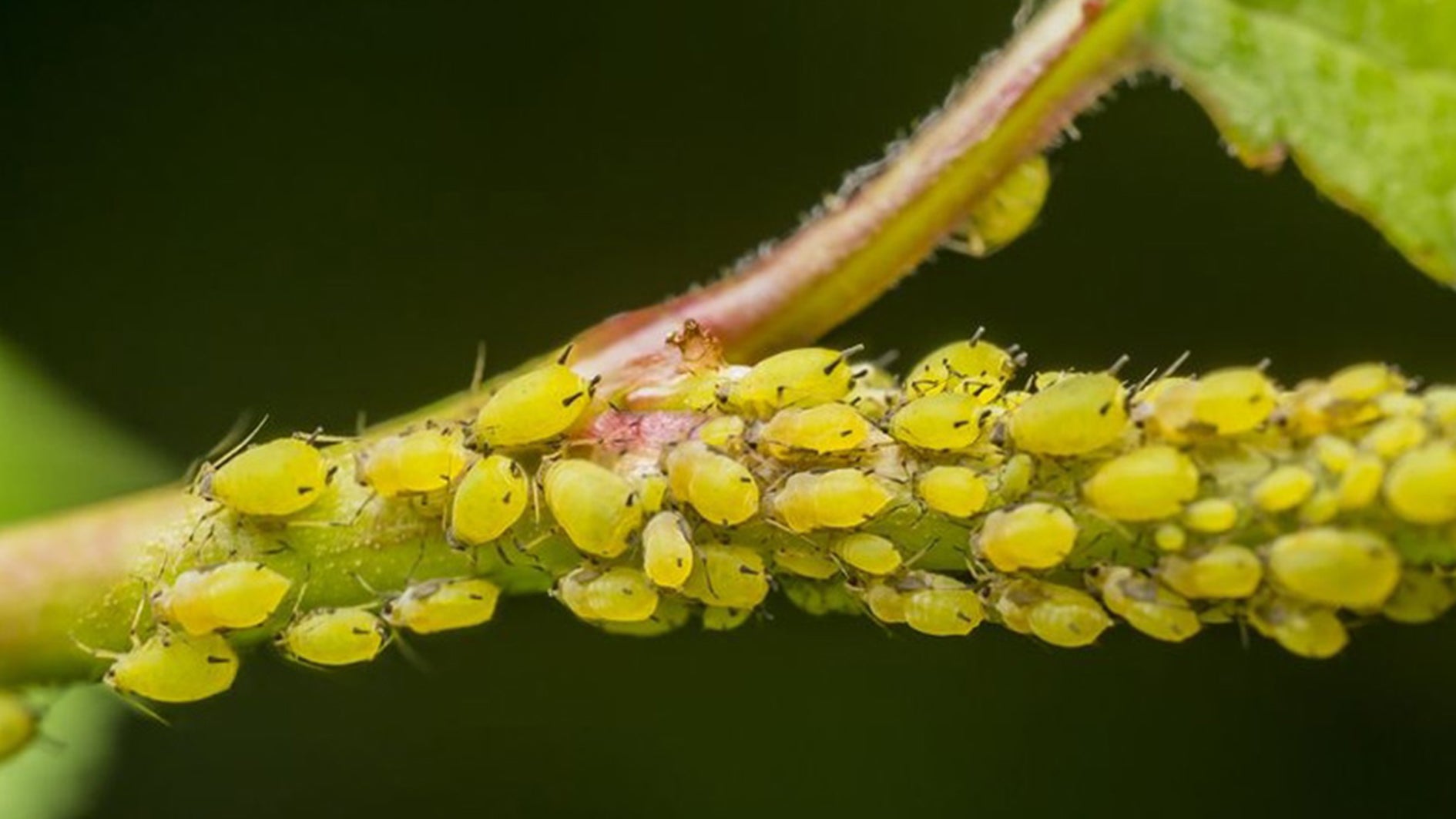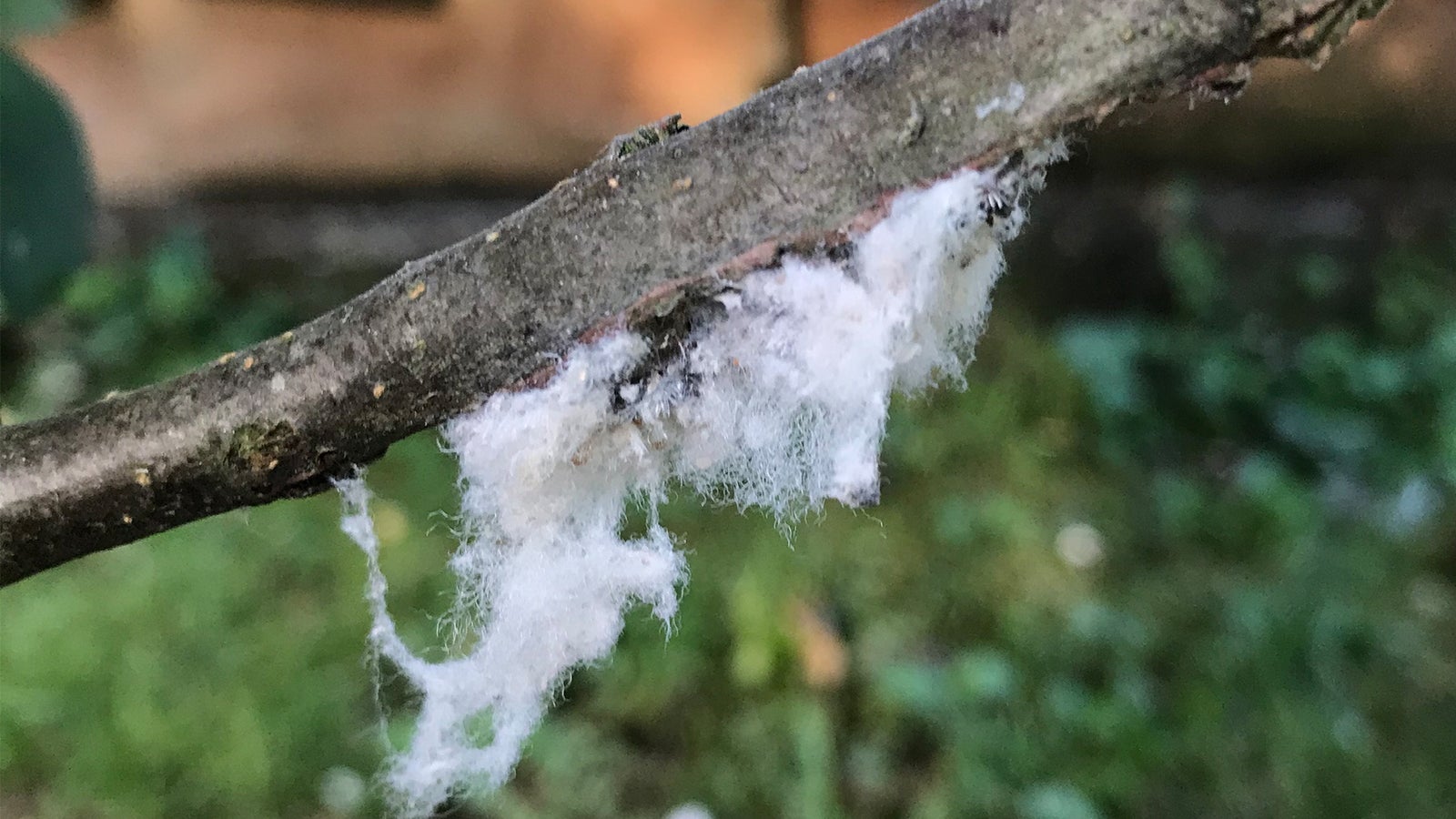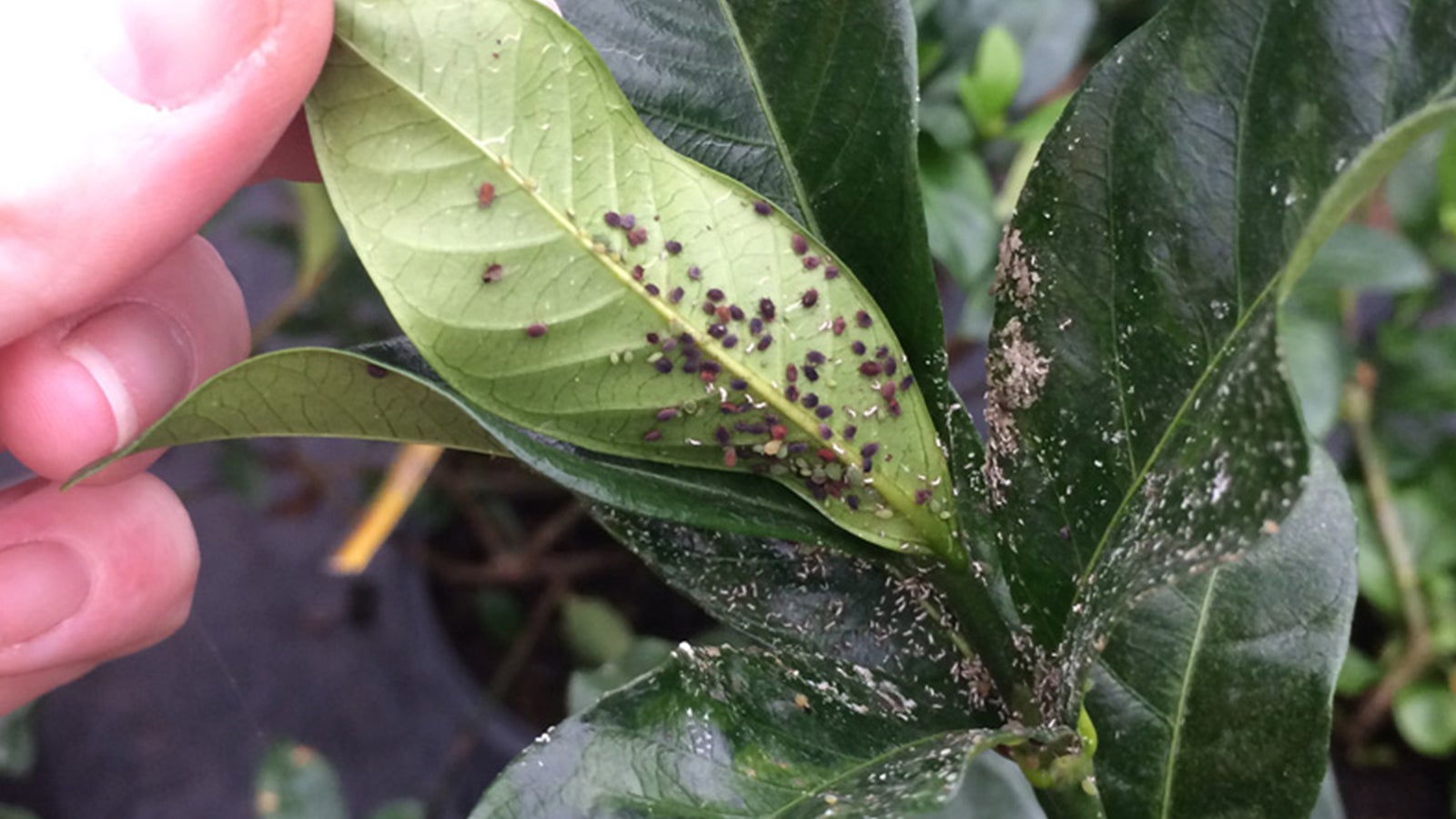
Aphids
08 Mar, 2021
Aphids are sap suckers. As they feed, they can spread diseases and weaken the vigour of the plant. They also excrete honeydew, a sticky sugary substance, which wasps and ants will feed on. Sooty Mould will often grow on this sugary excretion.
Aphids can reproduce prolifically during the warmer months.
Wooly Aphid
Similar to normal garden aphids, these are most commonly found on apple trees and look like soft blobs of cotton that have attached themselves to smaller branches. The woolly aphid can be found on apple trees all year round, so the easiest treatment for these is a good spray of Lime Sulphur in the winter months on deciduous trees only once they have defoliated (otherwise it will defoliate leaves if sprayed onto evergreens). This will ensure that any over-wintering insects will be eradicated. If found in summer, use the treatment options below.
Prevention
Plant nasturtiums around the garden to act as a sacrificial crop.
The allium family (onions, garlic, chives, etc.) will help repel many aphids and can be planted around rose gardens, or amongst various veggies.
Plant flowers like alyssum and borage around the garden as this helps to attract beneficial insects that will prey on aphids.
Marigolds can also help repel them.
Natural Treatment
Spray leaves thoroughly with Bugtrol, an Organic broad-spectrum insecticide.
If possible spray in the evening to avoid affecting bees and other beneficial insects.
Other Treatment
On edible crops spray with Mavrik.
Ornamental crops with heavy infestations spray with Groventive Garden
With all sprays read the label and follow instructions carefully. Spray in the evening to avoid harming beneficial insects.

